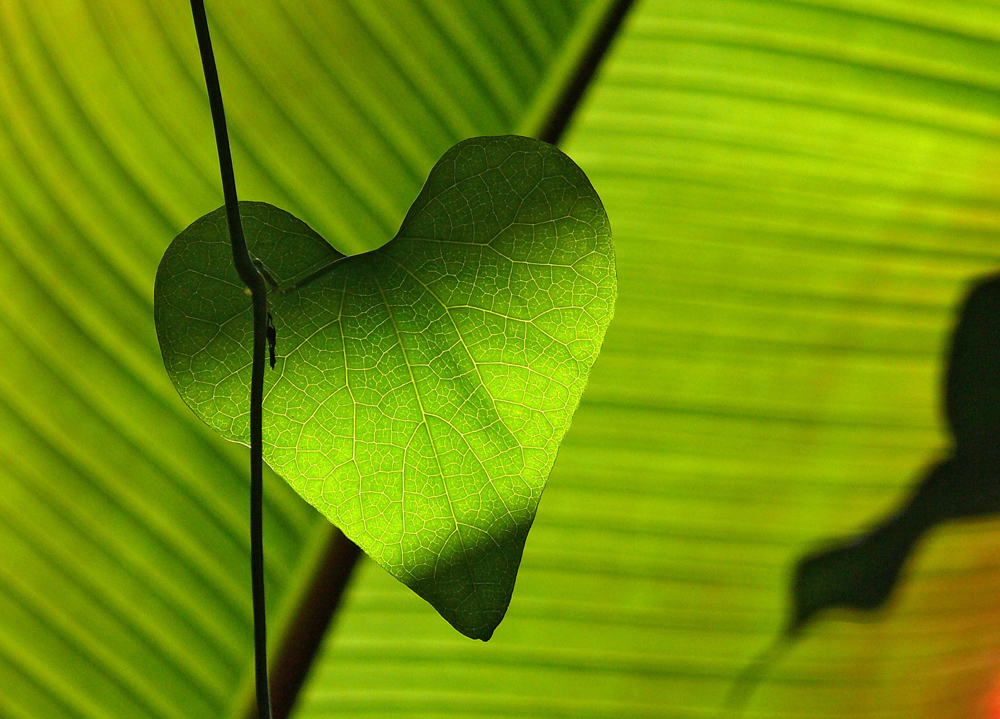
What kind of world will we leave for future generations? Photo: Pexels
Good Earth Plant Company loves it when our clients consider how their purchases impact our environment. Study after study demonstrates consumers want to buy products and services from companies taking a stand on saving the planet. A 2019 study of consumers found 83% of Americans are concerned about the environmental impact of products they buy and say it’s important for companies to design more environmentally friendly products. We think it should be 100% but it’s a good start.
During a recent conversation with my son Ted, it hit me how pessimistic he feels about our earth’s health. The environmental outlook is dire. Global warming. Catastrophic weather. Drought. Rain forests and rare species disappearing. What will the world look like for him and his contemporaries 30 years from now? It’s hard not to feel his concern and feel responsible for it.

My son Ted shares my love of Nature and is always up for adventure. I took this photo of him on the remote Osa Peninsula in Costa Rica when he was 16. Photo: Jim Mumford
On our local level, it impresses me how many people visit our website’s Sustainability Statement and read through it, especially our Gen Z and younger visitors. We hope more people will read it – and hold us to it.
We do our best to be honest about the hard choices we sometimes must make as a business. Good Earth Plant Company works with Nature in the form of plants daily. We struggle to be good stewards with every decision.
Make maximum use of your resources
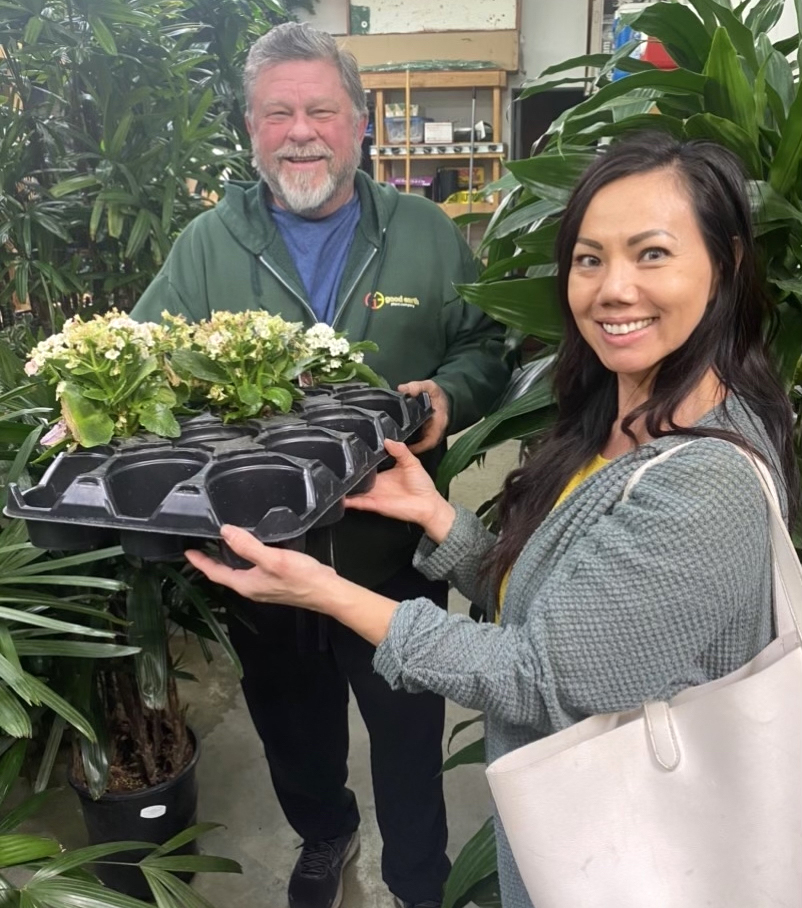
We’re thrilled to partner with Paige Kries of Plant It Again, growing our mission to become a more sustainable business. Photo: Paige Kries.
We have learned to make maximum use of our resources. We don’t waste a thing! Repurposing and recycling is our number one goal. If we can’t use containers or plants anymore, they do not go into the trash. We make sure they are put into someone else’s hands. We don’t use paper unless there’s no other method.
We make a strong effort to consolidate all our service vehicle trips. Our commercial trucks are packed when we need to make deliveries. We’ve calculated our service routes using the fewest miles possible. We buy used, hold onto our vehicles, and put a real effort into servicing them for long life. We are considering purchasing – wait for it – an electric, street-legal golf cart for servicing within our immediate area. Keep your eye out for a tricked-out Good Earth Plants Eco-Cart soon.
Our new warehouse was specifically designed with passive heating and cooling in mind. It’s oriented to avoid being heated by the sun’s movement from east to west. It uses a swamp cooler chosen for maximum efficiency. We’re careful to turn off lights in our buildings, and we use the least air conditioning possible. I hear my father’s voice in my head to turn off anything not in use. I’m not sure whether he was an early environmental advocate or just cheap!
Water conservation is a way of life.
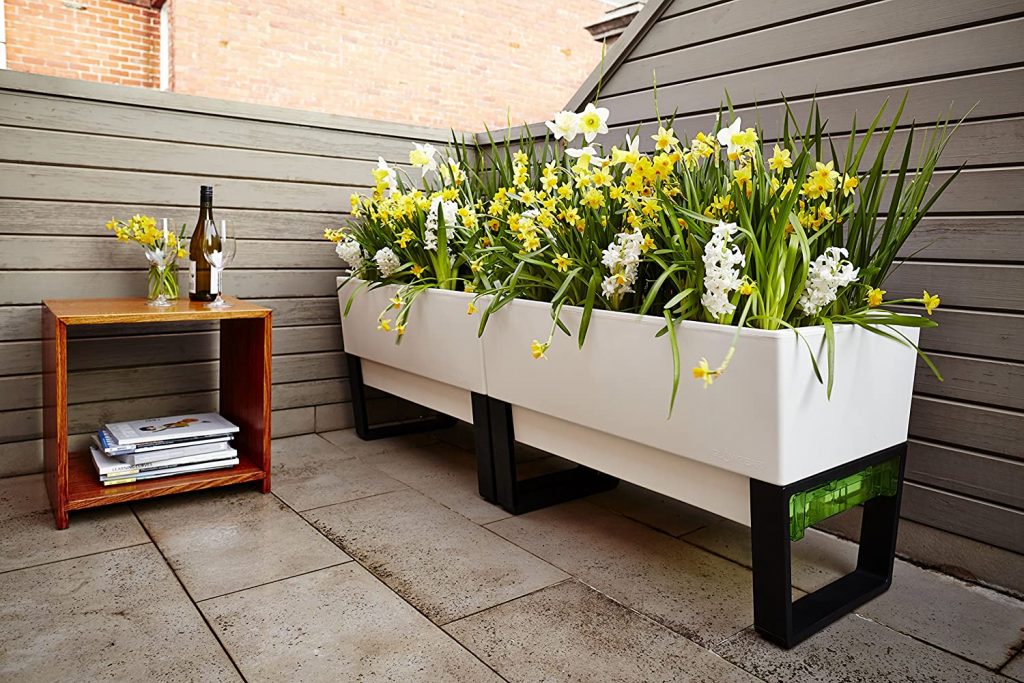
This is a commercially available sub-irrigation planter (Glowspear, sold on Amazon). But there are ways to DIY your sub-irrigation. Photo: Glowspear
We’re extremely conscious about our water footprint. One of the blessings in disguise of the coronavirus pandemic was learning how to maximize watering efficiency when we were forced to cut back service to the bare minimum. By turning to sub-irrigation techniques, we could “train” plants to use less water. We wrote about sub-irrigation and shared our tips you can use at home in this blog post.
Watering more deeply but more infrequently means less road mileage and cuts back our emissions. At home, I’m planting natives in my canyon and working to create more habitat in my local area. More on this in a future blog post!
We’d like to purchase more of our commercial plants locally. But most are grown in Florida or Hawaii, with some San Diego sources as well. Water is abundant and available outside the southwestern U.S, and plants grow more quickly. So which is more sustainable – growing plants slowly in an area where drought is a fact of life to avoid transportation impact or saving water and other resources with the tradeoff of having plants delivered? Once there are viable electric long-haul trucks and aircraft, this will be easier.
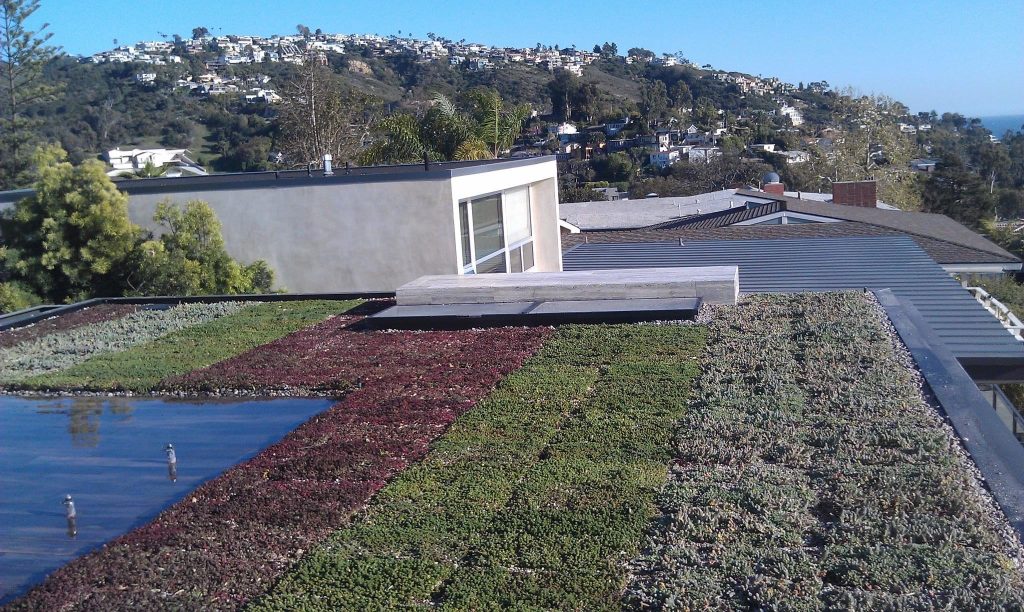
A green roof in Laguna Beach was installed by Good Earth Plant Company several years ago and still thriving.
Our living walls and especially our green roofs use drought-tolerant sedums and succulents. They’re designed to work with our climate and lack of natural rainfall.
Good Earth Plant Company partners with Mother Nature to help companies reach their own sustainability goals. We can reduce and regulate indoor temperatures by adding plants in containers, living walls, and green roofs to urban environments. This reduces the need for heating and cooling and can make it more efficient. Plants create biodiversity, help curb the urban heat island effect, and filter harmful particulate matter from the air and from stormwater before it reaches storm drains.
When we installed a 1,600 square foot “green roof” on our administrative building in 2007, we saw the results immediately. Our energy usage dropped 24 percent. Our roof provides habitat for insects, pollinators, and birds in the heart of an industrial zone. The life of our roof has been greatly extended into the next few decades, keeping thousands of pounds of old roof material from reaching the landfill. The building below the roof will need to be torn down long before the roof does.
Truthful green marketing
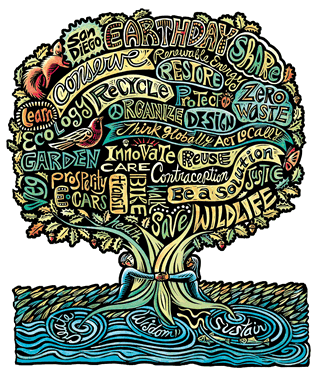
Do whatever you can to reduce your environmental impact. Small steps add up.
Because businesses know sustainability efforts are important to their customers, many take shortcuts. The worst one is “greenwashing.” Your team of Eco-Warriors wants to make sure you know about this practice and avoids getting fooled by it.
An excellent source to check on consumer environmental claims is the Changing Markets Foundation. It is especially hard on the fashion industry as one of the worst offenders.
It’s easy to claim a product is natural, green, organic, or eco-friendly. Claims need to be more specific and something a company is willing to provide. Check their website and check watchdog reports. Reward REAL green marketing when you’re making buying decisions. This means a product or service meets these guidelines:
- Manufactured in a sustainable fashion
- Free of toxic materials or ozone-depleting substances
- Recyclable or produced from recycled materials
- Made from renewable materials (such as paper products made from bamboo)
- Not made of materials harvested from a protected area or that negatively impact threatened or endangered species with their harvest.
- Does not use excessive packaging
- Designed to be repairable rather than disposable
Curious about our sustainability efforts? Ask Good Earth Plant Company!
We encourage more people to ask questions about sustainable practices. Companies must demonstrate long-term responsibility toward their customers, suppliers, communities, and the environment. Where are they getting their supplies? What are they doing to reduce their carbon footprint? Are they making the everyday small changes necessary to reverse decades of abusing our environment?
Join the Good Earth Plant Company Eco-Warrior team
Not everyone can install a green roof. But everyone can do more to reduce their energy use, use less water, and contribute to a healthier planet. Our kids and their kids are counting on us. PS – Do you have sustainability tips for us? Hit up our social media and let us know!
